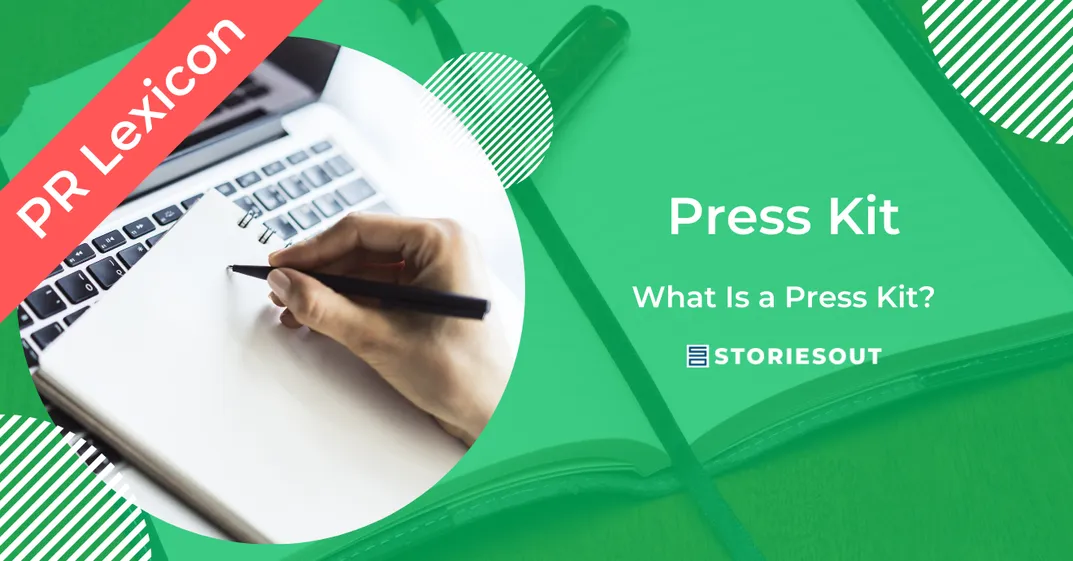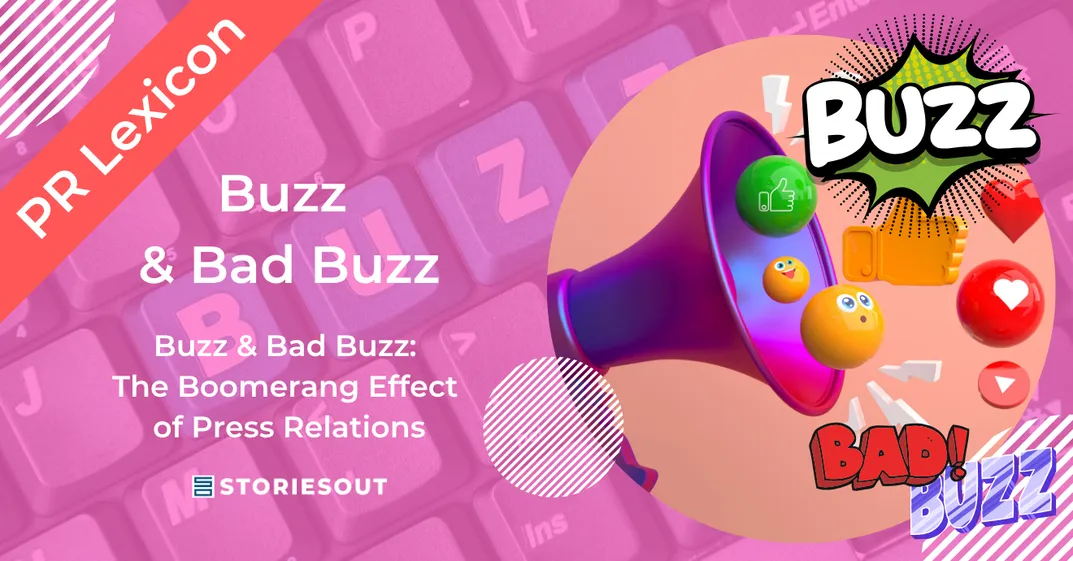What is a press kit?
A press kit is a communication document intended for journalists. It presents a company, brand, event or news item in a structured way, providing all relevant information for understanding and media coverage. Unlike a press release—shorter and focused on a single announcement—the press kit offers a richer and more contextual overview.
Whether delivered as a PDF, a web page or, occasionally, in print, it remains a key tool for PR officers, agencies, and communications teams.
Where does it come from?
Press kits emerged with the rise of print media in the 20th century. Back then, they were physical folders handed out at press events or sent by mail, containing releases, product sheets, bios, and visuals.
With the advent of the internet and digital media relations, the format shifted to online content and email distribution. Yet its purpose remains unchanged: help journalists quickly grasp a topic, verify information, and produce accurate, relevant stories.
How do you make a press kit?
A press kit serves three main purposes in a PR strategy:
- Inform: It centralizes everything a journalist might need to write a story.
- Guide: It highlights key messages, recommended angles, and points of contact.
- Build credibility: A well-designed kit reflects professionalism, structure, and control.
In a world of information overload and tight deadlines, journalists still appreciate concise, clear and well-documented materials. A press kit also strengthens brand identity by aligning the content and visual style of all press messages.
Is the press kit still useful in PR?
From our peespective at StoriesOut, the answer is no. Instead of investing time and energy in creating a document designed to last but quickly outdated, PR professionals should now focus on helping their clients maintain a flawless online presence.
In practice, every piece of content expected in a press kit must be easily accessible online—if not, it’s a missed opportunity.
As hybrid online/offline strategies become essential for all brands, maintaining a well-structured, SEO-optimized online presence is more relevant than ever. There’s no point in clinging to a document with built-in obsolescence from the day it’s published.
This new way of communicating can—and should—reproduce the press kit’s function using current, dynamic formats.
Replacing the Press Kit with Digital PR: What to Publish, Where, and How?
Replacing the traditional press kit with a smart online setup means rethinking structure without losing essentials. Some components are now outdated: long company histories, generic corporate quotes, and clunky annexes add little value.
The core elements, however, remain: company overview, spokesperson bios, visuals, key figures, product or service details, recent news, and press contacts. These should now be published on accessible, SEO-friendly platforms.
Options include:
- A dedicated microsite or page published alongside the corporate website
- A “press” section within the main website, designed specifically for media professionals
These platforms centralize PR resources. Each piece of content becomes stand-alone, indexable, and easy to update—unlike static PDFs. HTML formats also ensure mobile responsiveness, crucial for journalists on the move.
Meanwhile, new formats have emerged:
- Brand introduction videos
- User testimonials
- Audio pitches
- Dynamic FAQs addressing common media questions
Social media also plays a strategic role in this new setup: it boosts real-time visibility, humanizes communication, and helps identify engaged journalists. Social platforms don’t replace substance, but they are powerful amplifiers.
Conclusion: A Moving Target for PR
While the press kit was once the cornerstone of PR campaigns, it’s now giving way to a more agile, continuously updated digital strategy. It’s not about disappearance, but transformation—from a static document to a living ecosystem of information, designed with modern journalists in mind.




